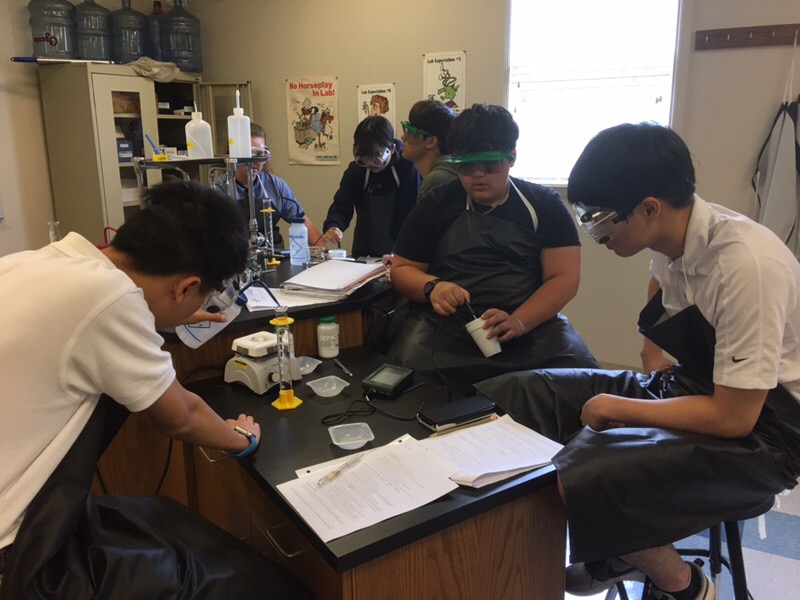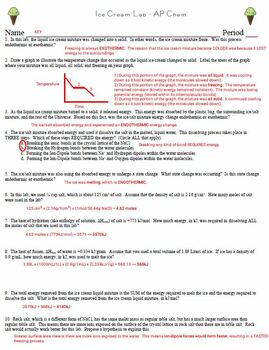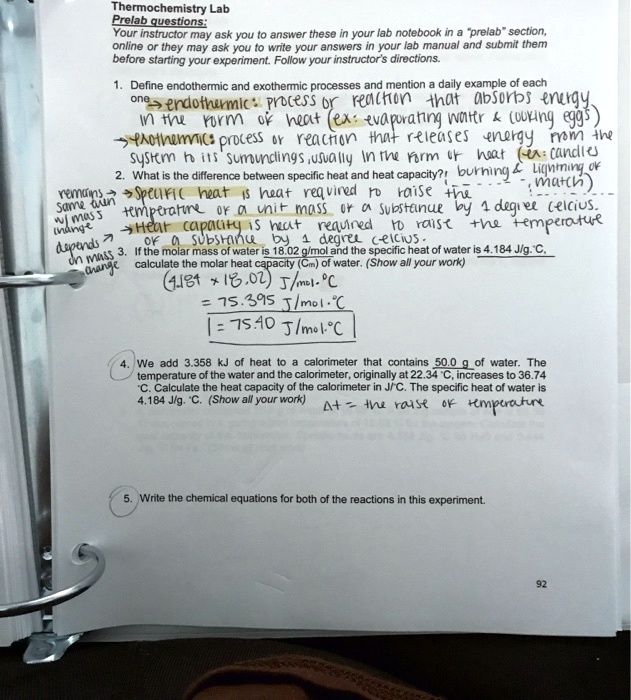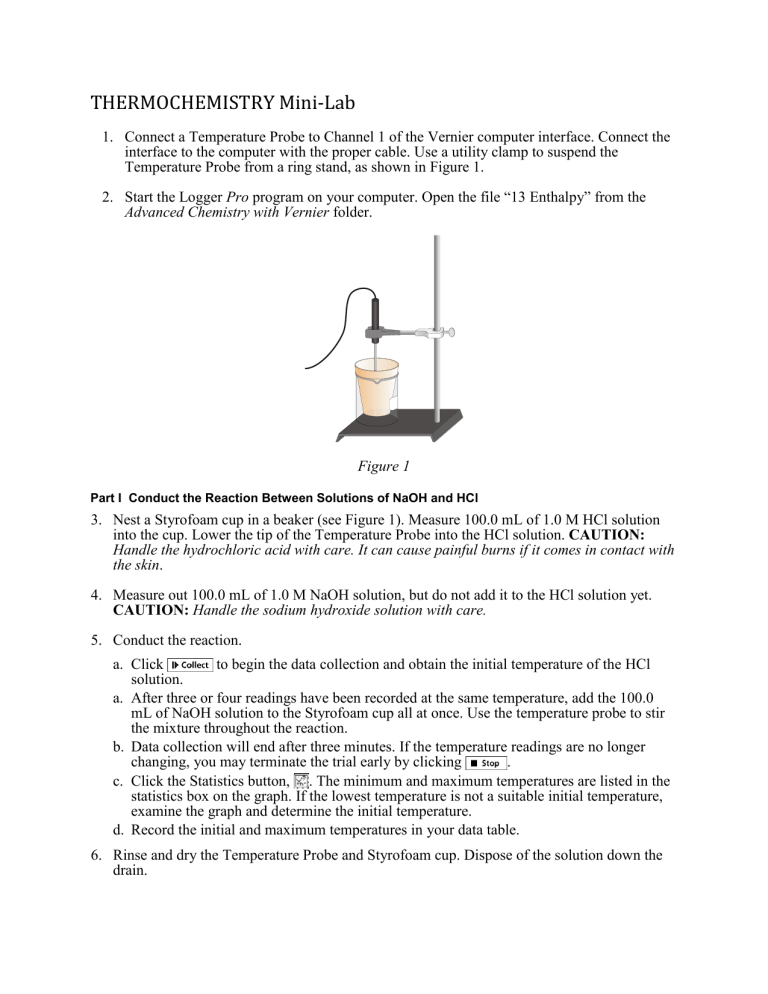Thermochemistry is the study of the heat energy that is associated with chemical reactions and physical changes. It is a branch of thermodynamics, which is the study of the relationships between heat and other forms of energy. In a thermochemistry lab, students have the opportunity to investigate the heat that is produced or absorbed during chemical reactions and to learn about the principles of thermochemistry.
One common experiment in a thermochemistry lab is the determination of the heat of reaction, or the heat that is produced or absorbed when a chemical reaction occurs. This can be done using a calorimeter, which is a device that is used to measure the heat of a reaction. To determine the heat of reaction, a chemical reaction is carried out inside the calorimeter, and the temperature change that occurs is measured. The heat of the reaction can then be calculated using the equation:
Heat of reaction = (mass of water) * (specific heat of water) * (temperature change)
In this equation, the mass of water is the mass of the water that was used in the calorimeter, the specific heat of water is the amount of heat that is required to raise the temperature of one gram of water by one degree Celsius, and the temperature change is the difference between the initial and final temperature of the water.
Another common experiment in a thermochemistry lab is the determination of the enthalpy of formation, which is the heat that is absorbed or released when a compound is formed from its elements. The enthalpy of formation can be calculated using the equation:
Enthalpy of formation = (enthalpy of products) - (enthalpy of reactants)
In this equation, the enthalpy of the products is the heat that is released when the products of a reaction are formed, and the enthalpy of the reactants is the heat that is absorbed when the reactants are formed.
Thermochemistry labs can be very educational and can help students to understand the principles of thermochemistry and the role that heat plays in chemical reactions. They can also be a lot of fun, as students get to perform hands-on experiments and observe the results for themselves.






